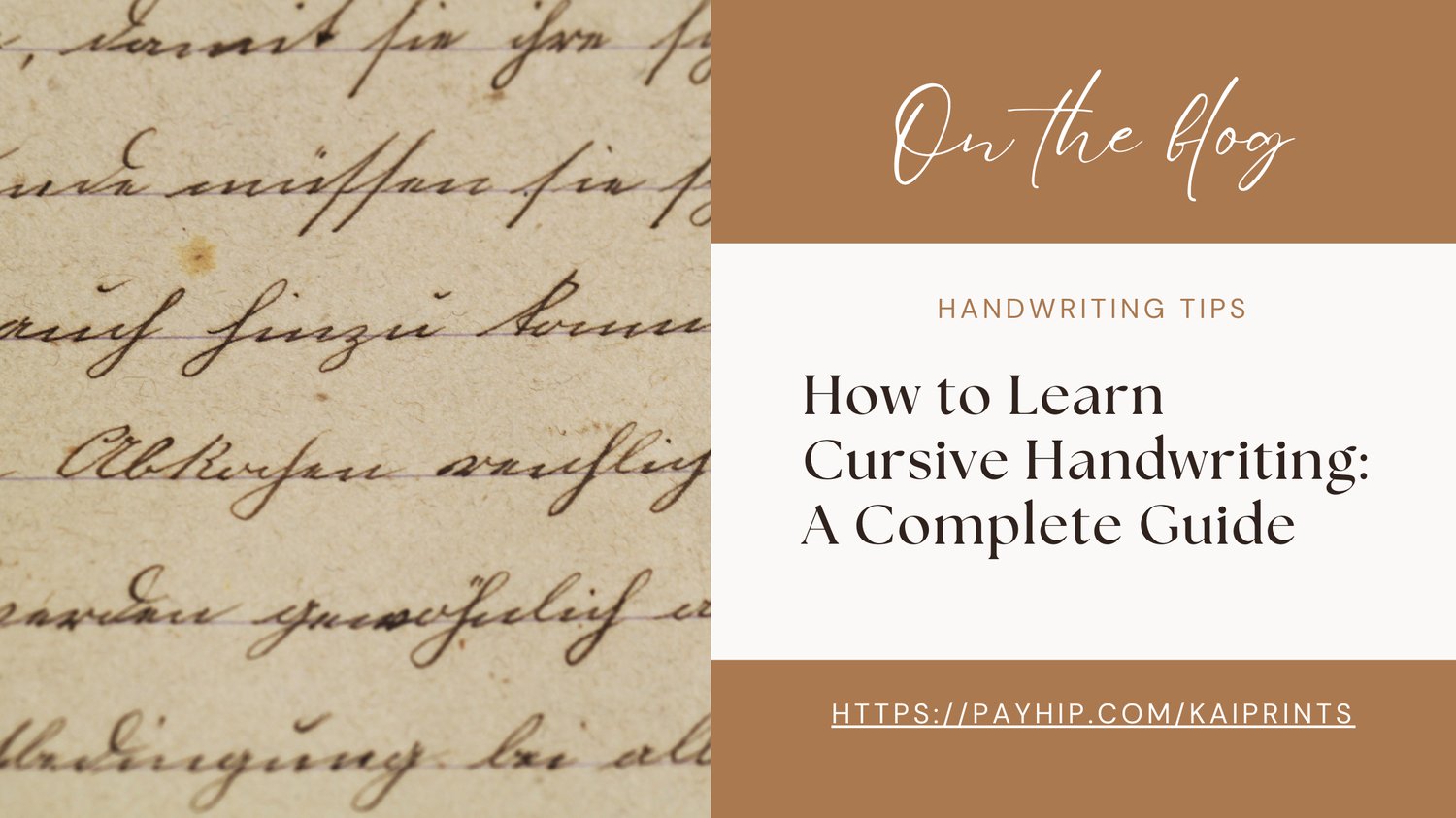Learning cursive handwriting is a valuable skill that not only enhances your writing style but also improves hand-eye coordination and cognitive abilities. This guide provides practical steps to help you master cursive writing, from basic letter formation to crafting beautiful sentences and paragraphs.
Step 1: Familiarize Yourself with Basic Strokes
Before you start writing in cursive, it's essential to develop a steady hand and practice basic strokes. This will help you maintain consistent strokes and improve the overall appearance of your handwriting and improve fine motor skills.
- Warm-Up Exercises: Practice simple shapes like loops, lines, and circles to loosen your hand and wrist.
- Grip and Posture: Hold your pen or pencil comfortably and sit with good posture to avoid hand fatigue.
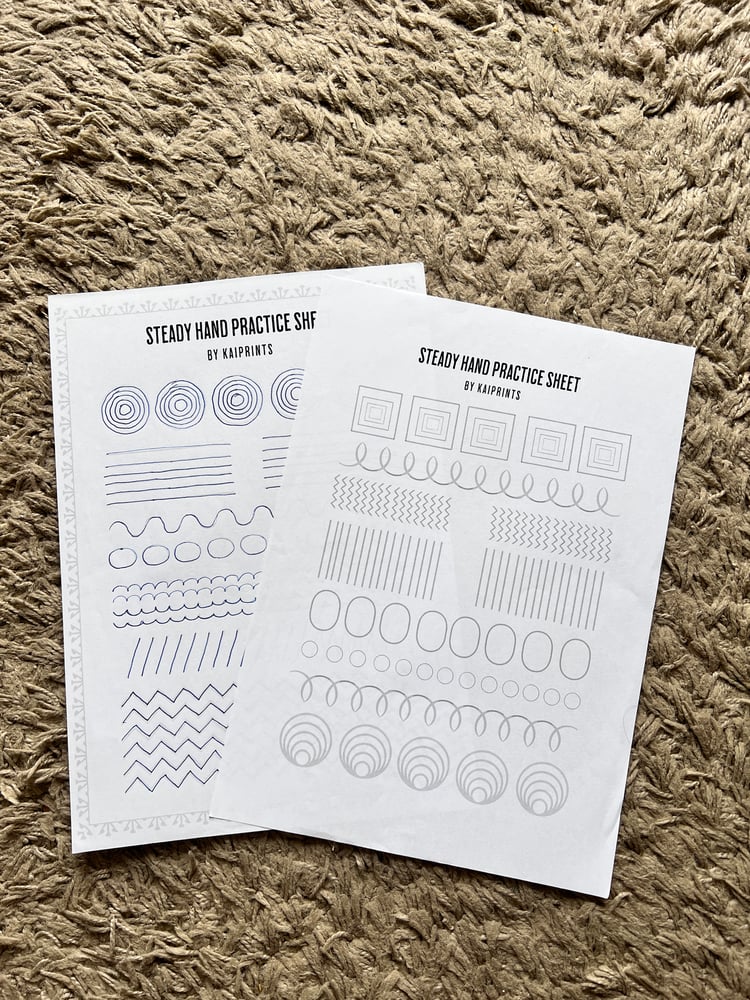
Step 2: Practice Uppercase and Lowercase Letters
Learning to write lowercase and uppercase letters with the correct stroke order is essential for mastering cursive handwriting. Following the proper sequence of strokes helps improve letter formation, consistency, and flow, making your writing more readable and natural. By practicing each letter step-by-step, students can build muscle memory, ensuring their cursive writing looks neat and feels comfortable. Starting with lowercase letters, then progressing to uppercase, helps develop a smooth writing rhythm. Remember, practice makes progress, so keep tracing those loops, curves, and lines to perfect your handwriting skills!
Focus on:
- Proper Stroke Order: Follow the correct sequence of strokes for each letter.
- Consistency: Ensure uniform letter size and spacing.
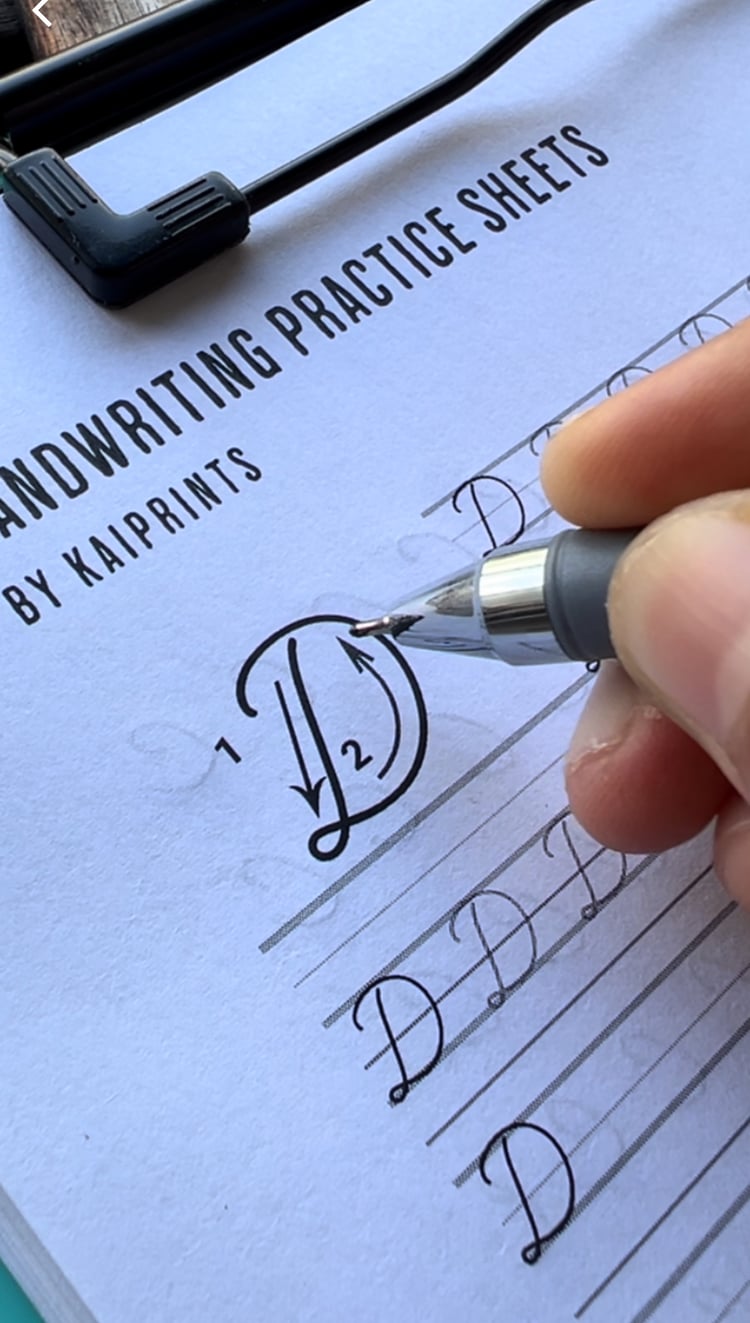
Step 3: Word Practice
Once you’re comfortable with individual letters, move on to writing words. To keep practice sessions engaging and educational, use themed word lists like country names, sports, colors, or words in alphabetical order. This approach makes handwriting practice more knowledgeable, fun, and diverse.
- Focus on Connections: Pay attention to how letters connect smoothly.
- Repetition: Practice common words to build muscle memory.
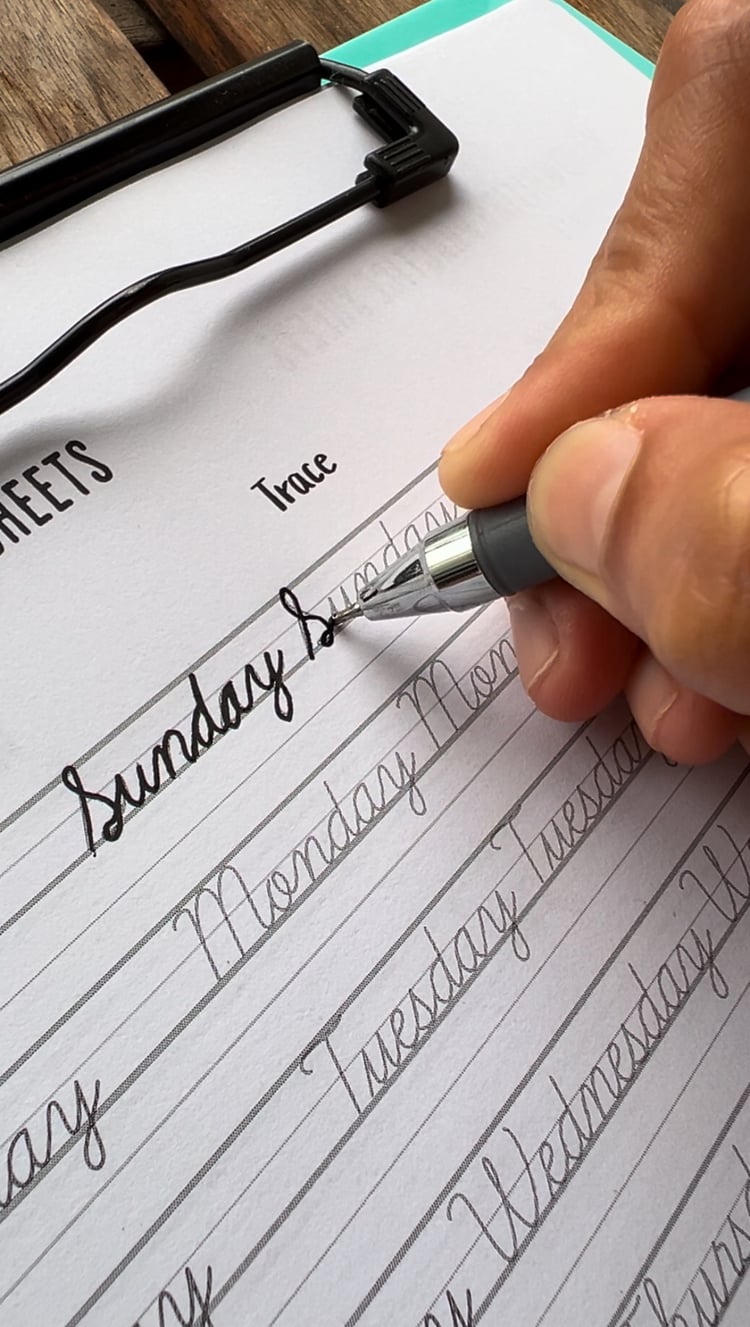
Step 4: Sentence Practice
Practicing sentences will improve your fluency and rhythm in cursive writing. To keep it interesting, you could practice pangram, quotes, positive affirmations, seasonal greetings, and everyday phrases to enhance both style and meaning.
- Quotes: Inspirational quotes can be fun to practice.
- Pangram : A pangram is a sentence that uses every letter of the alphabet at least once. for example : The quick brown fox jumps over the lazy dog.
- Positive Affirmations: Write affirmations to stay motivated.

Step 5: Paragraph Practice
Paragraph practice is essential for achieving fluid, natural handwriting. Trace any paragraph first, then try writing it on your own. You could also practice writing short stories, letters, or descriptions of your favorite places to make it more engaging and fun.
- Write About Your Day: Journaling in cursive is a great way to practice.
- Creative Writing: Try crafting short stories or essays in cursive.

Step 6: Practice Using Worksheets
One of the most effective ways to improve your cursive handwriting is by using worksheets. These provide structured practice for letters, words, sentences, and paragraphs, helping improve spacing, letter size, and consistency. Worksheets offer guided tracing activities to build muscle memory and enhance control over your writing.
Additional Tips for Learning Cursive
- Be Patient: Learning cursive takes time, so practice regularly without rushing.
- Use Quality Tools: Choose a comfortable pen or pencil and smooth paper for better results.
- Monitor Progress: Track your improvements to stay motivated.
Mastering cursive handwriting can be an enjoyable and rewarding experience. You can download the cursive handwriting worksheet used in this blog post by click on below link.
Cursive Handwriting Practice For Teens & Adults
Try Free Handwriting Practice Sheets with Positive Affrimations to help you get started on your penmanship journey.
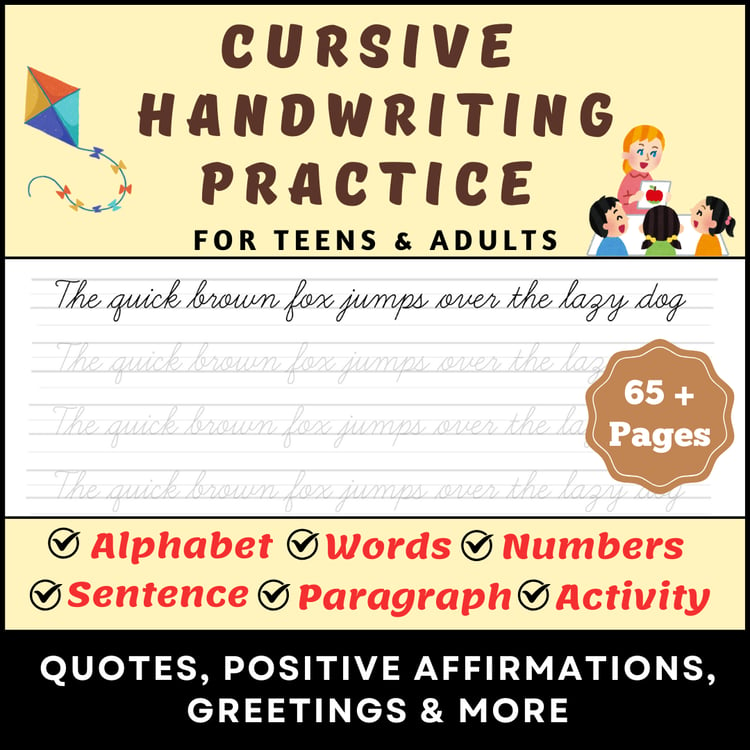

Keep writing, keep learning, and I'll see you in the next post!
-Kaiprints

